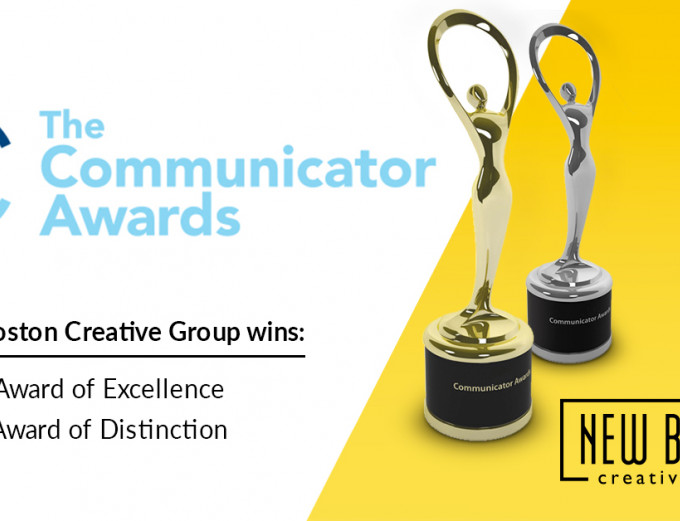Why University Faculty Must Think About Their Brand
by Kristin Brighton on October 22, 2015
Recently I was invited to present a workshop about branding to faculty members at Kansas State University. When I received the phone call asking me if I’d undertake this endeavor, I hadn’t even really thought about why a professor should put in the time, effort, and money to build a brand.
But now that I’ve studied this situation, I’m convinced that if a professor truly wants his or her work to make a difference in today’s hyper-connected global marketplace, he or she needs a firm strategy for building and managing a brand.
The Academic Landscape
University faculty members (especially those at a large land-grant school like K-State) are frequently public employees, or may be the recipients of federal research dollars. Therefore, traditionally, much university research has been considered public domain — work available to all for the greater good.
For centuries, faculty innovations and discoveries have been gifted to the world through scholarly publications and conference presentations. For their labors, professors have received a small amount of acclaim among their peers and, if lucky, a secure tenured position. (If they were really important, they may have also scored a corner office with a fireplace and a great view.)
Getting Noticed: The Power of Partnerships
Today’s academic environment has shifted. Much, if not the majority, of a public university’s funding now comes from private sources: student tuition and fees, private research grants, and private investment via university foundations. To incentivize faculty to step out of their comfort zones and partner with private industry, universities are shifting policies so that faculty can benefit personally from such collaborations. Naturally, universities are getting their cut, too, for their investment in lab space, equipment, support staff, students, and faculty salaries. Such relationships are a win-win for both the faculty member and the university.
Because some very smart people have figured out that faculty research and innovation have huge economic value to private industry, universities are devoting a lot of resources to helping make such partnerships happen (thus my invitation to speak to faculty). As a starting point, universities must first help faculty realize the role they play in attracting corporate interest, through efforts such as:
- Building relationships with key industry players in corporations that align with their area of research;
- Publishing content online with keyword-optimized content and audience-appropriate language (web content, blogs, guest blogs, social media, and the like); and
- Promoting their expertise to journalists.
“This sounds great, but …”
Faculty members are experts in their chosen industry — but I’ve met only a few who are naturals at branding. Just opening faculty members’ eyes and inspiring them to promote themselves and their work is the first step.
The second step is helping faculty figure out how they can squeeze in the time and effort it takes to nurture a brand on top of teaching, research, committee assignments, mentoring graduate students, and the laundry list of other demands on their time.
Getting Started
If you’re a faculty member who knows it's time to build a brand, you'll need:
- A solid groundwork for starting a new brand through an exploration of goals, audience, message and tools;
- Practical options and tips; and
- To understand that branding is not a short-term project — it is a career-long endeavor that must be cultivated and nurtured every step of the way.
If you have no idea how you’ll get it built and maintained, consider how an outside team (you know, like New Boston) can help you set, measure, and achieve your goals.
We offer one-on-one consulting, as well as a two-hour, hands-on workshop to teach the basics.
If you're a university administrator who wants to inspire and excite your faculty, we can bring our workshop to your campus!
Want to learn more?





